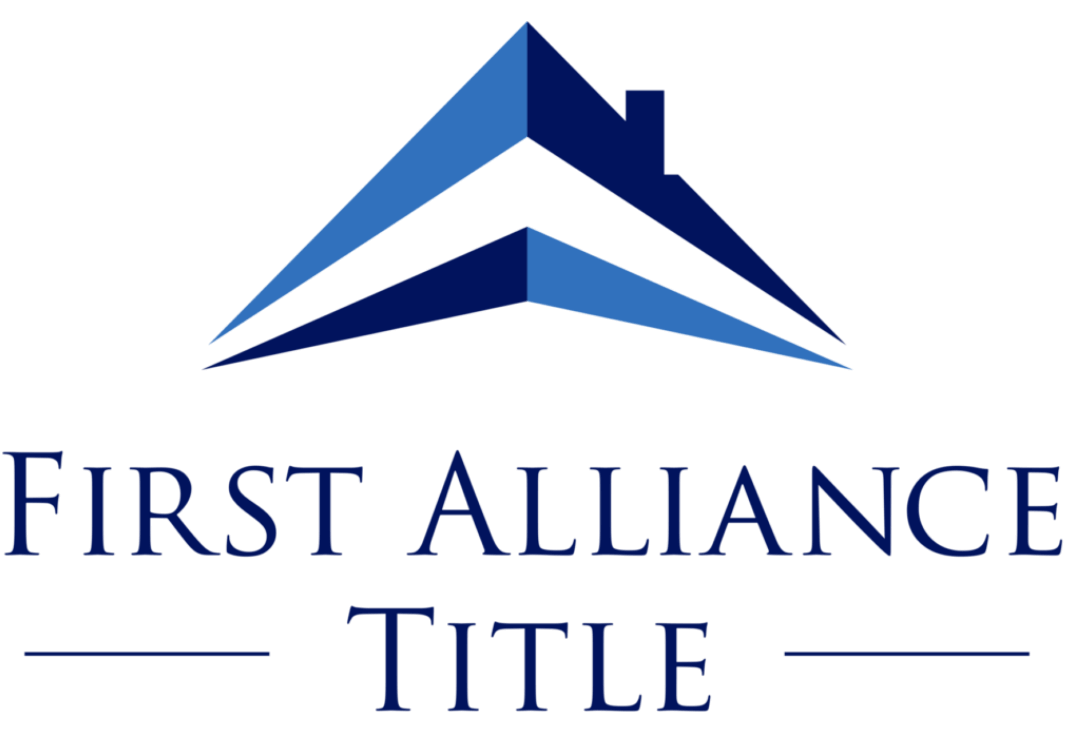Prorating taxes between buyer and seller involves dividing the property taxes for a given period (usually the year of sale) between the two parties based on their respective ownership periods.
In the standard Contract to Buy and Sell used by Colorado real estate brokers, the parties can elect one of two methods for prorating property taxes.
- One method is to prorate based on the previous calendar year tax bill.
- The other is to prorate on the most recent mill levy and property assessment.
Method #1
When using the previous calendar year’s taxes to prorate, the taxes are calculated based on the total amount of taxes paid for the previous year, regardless of any changes in the property’s value or mill levy rate.
This method is often used when the current year’s taxes have not been assessed yet.
Method #2
On the other hand, using the most recent mill levy and assessment to prorate takes into account any changes in the property’s value and the tax rate for the current year.
This method considers the assessed value of the property and the mill levy rate in the current year to calculate the tax amount.
So, what's the difference?
In essence, the difference between prorating taxes based on the previous calendar year’s taxes and the most recent mill levy and assessment is the inclusion or exclusion of changes in the property’s value and the tax rate for the current year.
The Most Accurate Calculation
The latter method usually provides a more accurate calculation of the tax amount for the period being prorated, especially if there have been significant changes in the property’s assessed value or the tax rate for the current year.
In such cases, using the most recent mill levy and assessment to prorate would provide a more accurate calculation of the tax amount, which could result in a fairer distribution of the tax burden between the buyer and the seller.
The Buyer's Perspective
A buyer might want to use the previous calendar year method of proration when the current year’s property taxes have not been assessed yet or when there has been no significant change in the property’s assessed value or the mill levy rate for the current year.
In such cases, using the previous year’s taxes provides a reasonable estimate of the tax amount to be prorated, based on the assumption that the tax rate and assessed value will remain similar to the previous year..
The Seller's Perspective
A seller might want to use the previous calendar year method of proration when the current year’s property taxes have not been assessed yet, or when there has been no significant change in the property’s assessed value or the mill levy rate for the current year.
This method can provide a simple and easy way to estimate the prorated taxes, based on readily available information from the previous year.
Using the previous calendar year method can also be advantageous for the seller if the property has undergone a significant increase in value or if the tax rate for the current year is substantially higher than the previous year. In such cases, using the most recent mill levy and assessment to prorate would result in a higher tax amount to be paid by the seller, which could reduce the seller’s net proceeds from the sale.
